The Summer Olympic Games, famous for their sporting diversity, have recently introduced surfing among their disciplines. This inclusion has sparked growing curiosity about how this sport is judged. For those who are not familiar with how competitive surfing works, understanding the scoring system may seem complex. This article explores in detail the process and criteria used by judges to score the waves at the Olympics.
The general framework of the judgment

The basic criteria
Surfers are judged on a scale from 0 to 10 points per wave, with scores that can be given up to two decimal places to finely reflect performance differences. The main criteria often used include risk-taking, variety of maneuvers, innovation, and fluidity of execution.
- Risk-taking: A surfer's ability to commit to critical sections of the wave and perform demanding maneuvers determines their score.
- Variety of maneuvers: Surfers must demonstrate a diverse range of maneuvers, from carving to airs.
- Innovation : The introduction of new techniques or approaches enhances original and creative performances.
- Fluidity: A smooth and natural transition between each movement is essential to achieve a good score.
The importance of the wave
The quality of the wave itself also plays a crucial role in scoring. A bigger and better-formed wave offers more opportunities for difficult and spectacular moves. Therefore, surfers always seek to catch the best possible waves during their heat.
Judges and their expertise
Training and experience
The judges of Olympic surfing competitions are not amateurs; they are highly qualified and generally accredited by international organizations such as the Association of Surfing Professionals (ASP). They must possess not only extensive theoretical knowledge but also vast practical experience in evaluating surfing performances.
The judging team
Typically, a panel of five judges is used to score each wave. Each score is then adjusted to eliminate potential biases: the highest and lowest scores are removed, and the remaining three scores are averaged to give the final wave score.
Progress of the series

Competition format
The surfing competitions at the Olympics follow a structured format comprising several rounds. The initial rounds aim to reduce the number of competitors to bring out the best surfers for the final stages. Each round consists of "heats" where a small group of surfers compete directly against each other.
Priority system
To ensure fairness, a priority system is in place so that all surfers have an equal chance to catch a good wave without interference. The surfer who has waited the longest has priority to take the next wave. There are also penalties for those who break these rules, which affect their overall score.
The impact of weather conditions
Diversity of spots
Unlike other sports, weather conditions play a dramatic role in surfing performance. Factors such as wave size, wind direction, and tides can vary significantly even during the same day. Competition sites are selected to offer the best possible conditions, but there remains an element of unpredictability.
Adaptation of judges
Judges must constantly adjust their evaluation based on changing conditions. For example, a maneuver performed under difficult conditions might receive a better score than a similar maneuver carried out under ideal conditions. This requires vigilant observation and flexibility in applying the scoring criteria.
Technology and innovation

Use of video
Video technology is a valuable tool for referees. Replays allow critical maneuvers to be reviewed from different angles, helping to ensure that the correct scoring decisions are made. This use of video also helps to correct any potential errors due to difficult viewing angles or very fast actions.
Real-time recordings
Scores are recorded and displayed in real time, adding an exciting dimension for spectators and allowing surfers to immediately know how they rank compared to their competitors. However, this also puts additional pressure on the judges to deliver fair scores quickly.









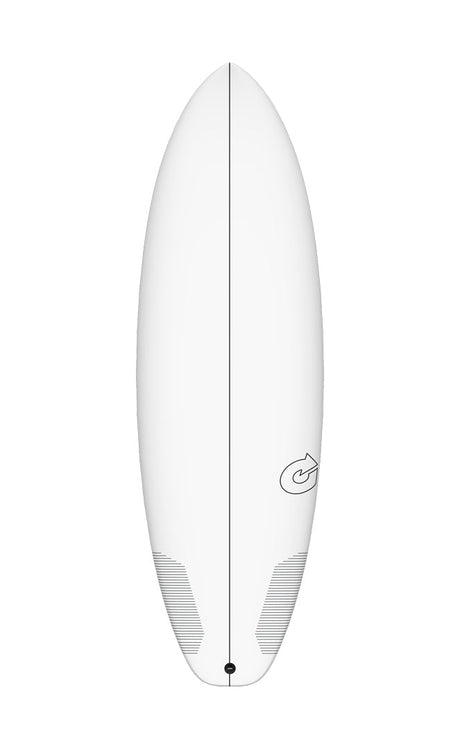

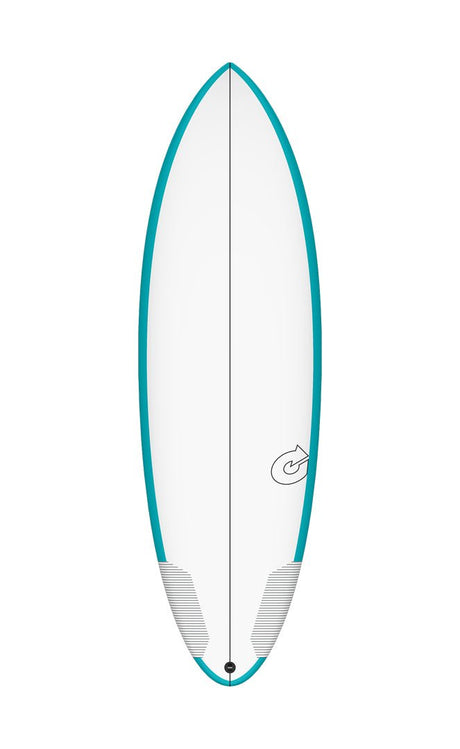
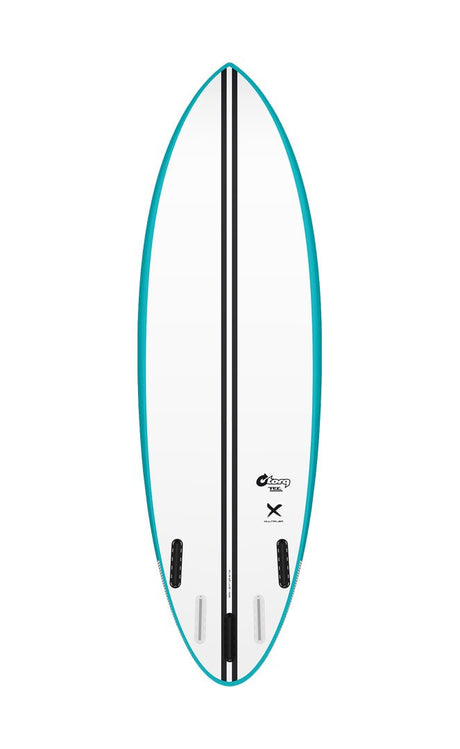


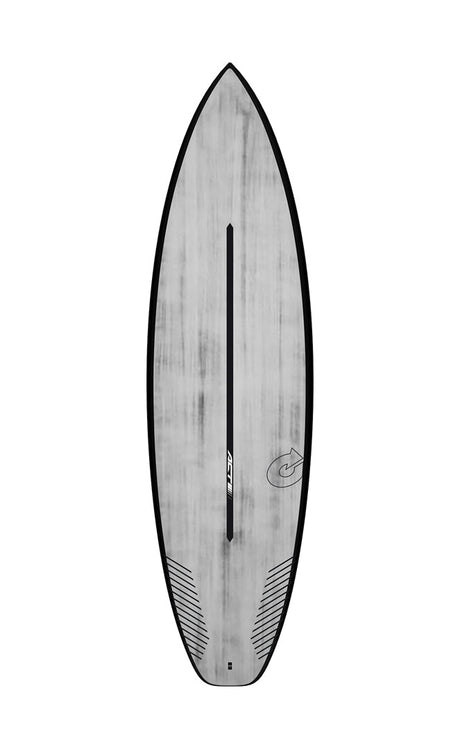
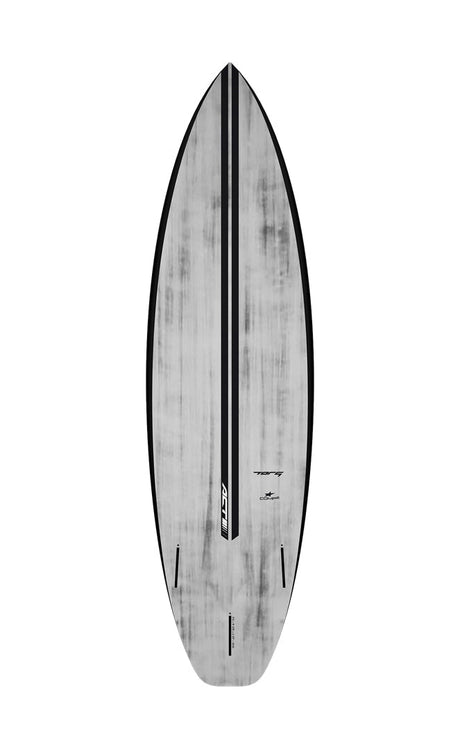





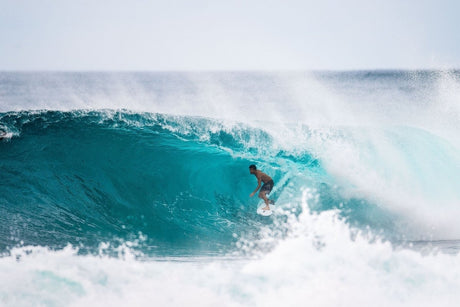






2 comments
J’essaye de comprendre les règles du surf. Apparemment VAAST est champion olympique parce qu’il a eu 2 très bonnes notes mais aussi parce que le médaillé d’argent australien n’a pas eu de vague pour essayer de le battre? Quel est la règle?
J’essaye de comprendre les règles du surf. Apparemment VAAST est champion olympique parce qu’il a eu 2 très bonnes notes mais aussi parce que le médaillé d’argent australien n’a pas eu de vague pour essayer de le battre? Quel est la règle?